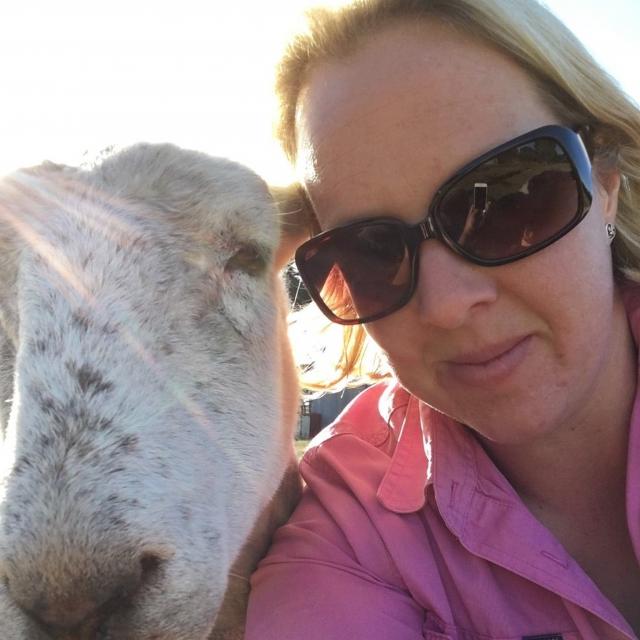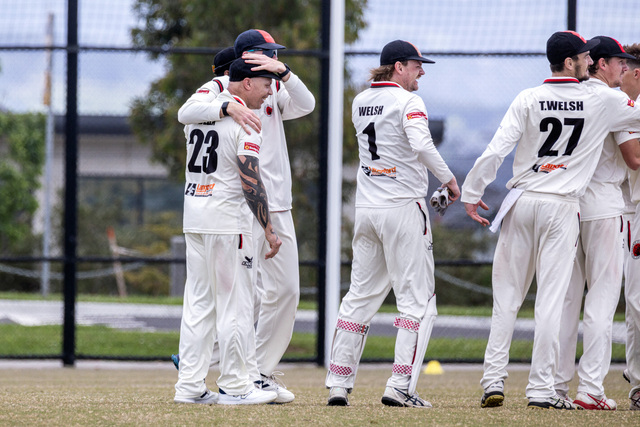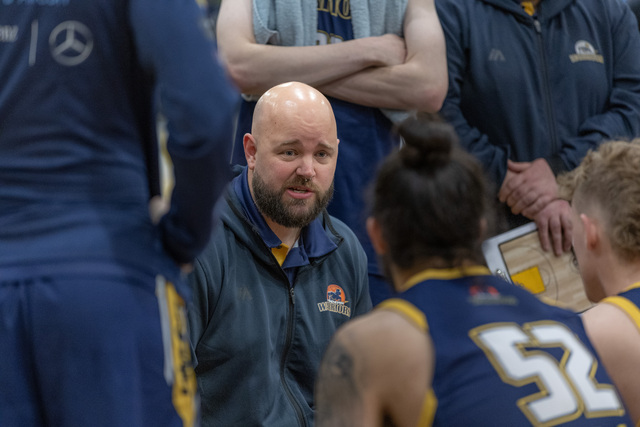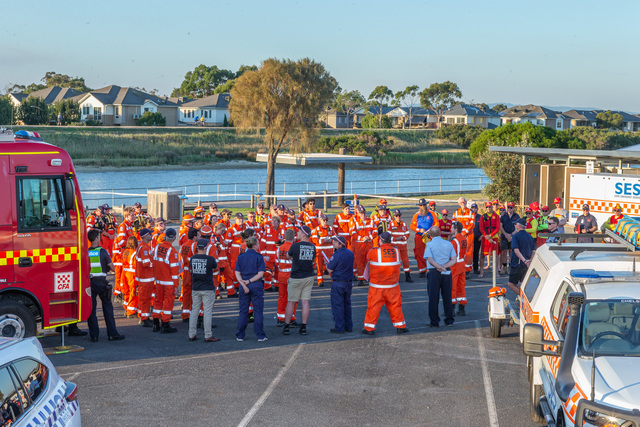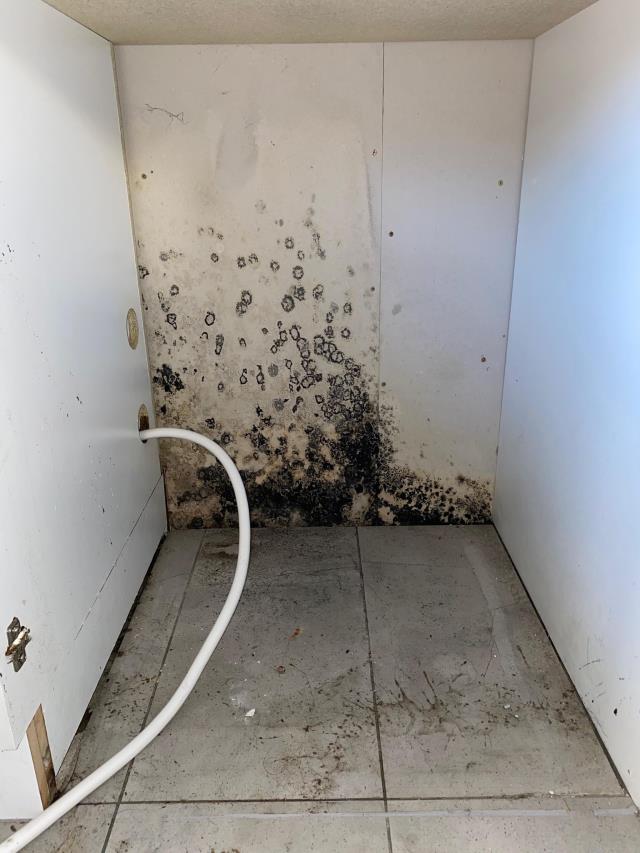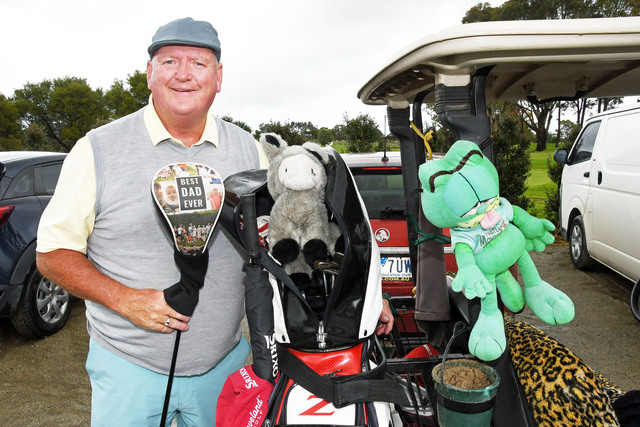In celebration of International Day of Women and Girls in Science day last Friday, Agriculture Victoria researcher Stephanie Muir shared her story about achieving a rewarding career in science.
Dr Muir describes her career in science as ‘a bit of an accident’, explaining she didn’t completely enjoy her science subjects at secondary school, despite passing them all.
“What I did love was animals, particularly cows, and I wanted a career that allowed me to work with animals or in agriculture in some way.
“Science really opened up as a career path during university.”
Her career path so far includes studying a Bachelor of Agricultural Science at the University of Melbourne, followed by a work placement at what was then the Kyabram Dairy Centre, assisting with a dairy cow metabolism experiment.
“I hadn’t realised what scientific research involved until then and it seemed like a great way to get to work with animals and have a diverse role.
“I then went on to complete my honours year, and my supervisor for my final year project suggested that I apply for a PhD. While finishing up my PhD I was employed as a research assistant on dairy systems experiment by the University of Melbourne based at the Dookie campus.
“I was then offered a role with the Agriculture Victoria dairy research team in Warrnambool, and I’ve been in the south-west ever since.”
Dr Muir said while working with Agriculture Victoria she has completed research in a number of different areas, including milk production from alternative forages, sheep feed conversion efficiency and methane emissions and sensor-based measurement of pasture production.
She has also had the opportunity to get involved with some different industry organisations, for example the Young Dairy Network and Sheep Producers Australia as well as professional organisations.
“I’m currently secretary for the Federal Council of the Australian Association of Animal Science, which has been a great opportunity for networking and developing skills in different areas of science, for example guest editing conference publications.”
“Over the last few years, I’ve been working with the Agriculture Victoria Research Women in STEM initiative, which has really highlighted some of the great woman scientists both within and external to our organisation.
Dr Muir is currently working on smart feeding technologies to improve performance of dairy beef calves.
“When I started, I expected to be working mainly on traditional ‘feed them, milk them, weigh them’ type experiments, where we looked at production responses to different feeds or pastures.
“I’ve since had the chance to manage our automated feed intake facility, including learning how to repair some of the moving parts.
“I’ve also been able to work with the systems engineers who designed the system when we needed to make changes to the programming and set up to fit with the requirements of our experiments,” she said.
“I really like being involved with the whole scientific process, conceptualising and designing experiments, completing the research, working through the analysis and putting together the final outcomes for publication.”
Dr Muir said her favourite thing about working in science is the diversity of day-to-day activities.
“In a week I could be weighing livestock, processing data, writing papers or even presenting at a conference. I also enjoy the challenge of learning about new research areas and developing new skills.”
Dr Muir’s advice for anyone considering a career in science is, “If you find something you are passionate about, embrace it, you never know where it might take you.”
More information about careers in science at Agriculture Victoria is available here agriculture.vic.gov.au/about/our-research/careers-in-stem
For more information about the International Day of Women and Girls in Science visit womeninscienceday.org

